“Go to the library and pick out a book with an award sticker and a dog on the cover. Trust me, that dog is going down.” – Gordon Korman, No More Dead Dogs
This is such a cliché, there is even a list on the Goodreads website called “The dog dies . . . a cautionary list.” Everyone knows this trope, and most people hate it, having been traumatized by one “classic” or another in childhood. But let’s stroll down the rogues gallery anyway.
Bob, Son of Battle (1898, Alfred Ollivant)
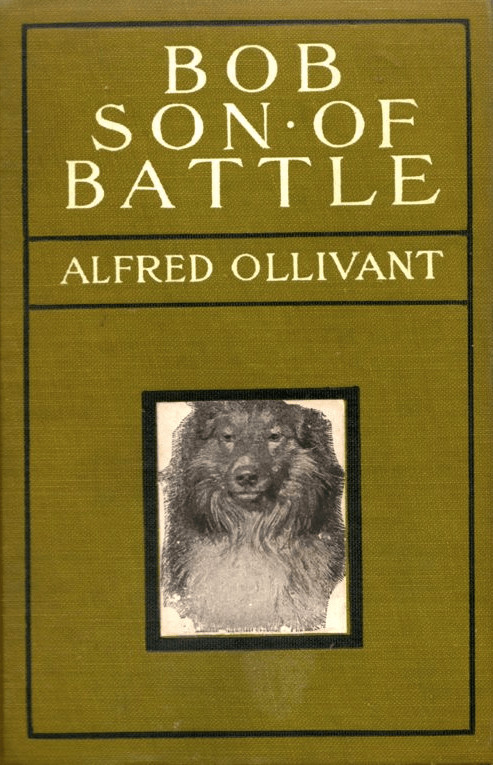 David, son of a nasty Cumbrian shepherd, is torn between his nasty father with his nasty dog Red Wull, and the good honorable neighbor with his good honorable dog, Bob. Dogs have vicious dog-fights and humans have drunken brawls. David learns about being a man. The story climaxes with a doggie blood-bath. Bizarrely, The New York Review of Books chose this for re-publication as part of its Children’s Collection.
David, son of a nasty Cumbrian shepherd, is torn between his nasty father with his nasty dog Red Wull, and the good honorable neighbor with his good honorable dog, Bob. Dogs have vicious dog-fights and humans have drunken brawls. David learns about being a man. The story climaxes with a doggie blood-bath. Bizarrely, The New York Review of Books chose this for re-publication as part of its Children’s Collection.
Lad: A Dog (1919, Albert Payson Terhune)
 Lad, a collie, is noble, brave, loyal, and intelligent. He saves babies from snake bites, heroically takes blame for things he didn’t do, fights bad dogs and bad humans, rescues straying sheep, and finds his way home over long distances when lost. Nothing is more important than obeying and protecting his master, and he suffers in proud silence, because he is noble.
Lad, a collie, is noble, brave, loyal, and intelligent. He saves babies from snake bites, heroically takes blame for things he didn’t do, fights bad dogs and bad humans, rescues straying sheep, and finds his way home over long distances when lost. Nothing is more important than obeying and protecting his master, and he suffers in proud silence, because he is noble.
Terhune wrote a number of other books about collies with titles like My Friend the Dog; The Heart of a Dog; The Faith of a Collie; Collie to the Rescue; and A Dog Named Chips. It is almost certainly he who is being satirized with the fictional book My Pal Shep, in Korman’s No More Dead Dogs (though Korman may also have had in mind later books by other authors like Champ: Gallant Collie, and My Dog Skip).
Shasta of the Wolves (1919, Olaf Baker)
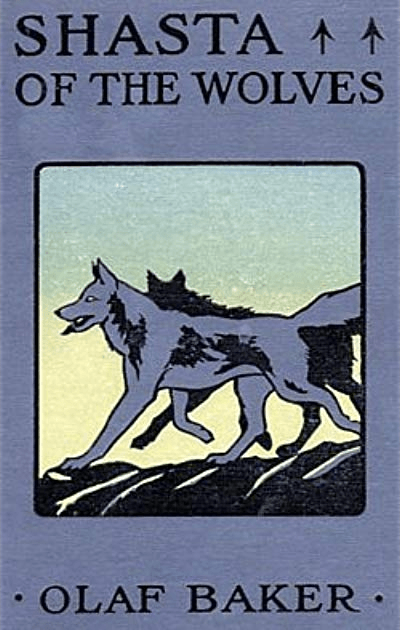 In this racist piece of tripe and cheap knock-off of The Jungle Book, an abandoned Native American baby named Shasta is adopted by wolves. (Shasta is actually the name of west coast tribe, not an individual given name.) Wild animals viciously attack each other. An eagle murders one of Shasta’s wolf-cub brothers, so Shasta murders the eagle’s babies in revenge. When Shasta temporarily rejoins human society, he is captured by an enemy tribe, and is rescued by his wolf friends in a wolf-and-human blood-bath. Apparently someone thought well enough of this book to model the title of Julie of the Wolves after it.
In this racist piece of tripe and cheap knock-off of The Jungle Book, an abandoned Native American baby named Shasta is adopted by wolves. (Shasta is actually the name of west coast tribe, not an individual given name.) Wild animals viciously attack each other. An eagle murders one of Shasta’s wolf-cub brothers, so Shasta murders the eagle’s babies in revenge. When Shasta temporarily rejoins human society, he is captured by an enemy tribe, and is rescued by his wolf friends in a wolf-and-human blood-bath. Apparently someone thought well enough of this book to model the title of Julie of the Wolves after it.
Bambi: A Life in the Woods (1923, Felix Salten, English translation 1928)
 This is another book that is nothing like the Disney movie (even though Bambi’s mother does die in the movie).
This is another book that is nothing like the Disney movie (even though Bambi’s mother does die in the movie).
Bambi, a fawn, learns about life in the forest. Hunters slaughter lots of animals, and animals murder each other. Bambi and the other fawns worship the emotionally-unavailable stags. An old stag mocks Bambi for having emotions. Bambi’s mother is shot to death. Bambi grows up to be an emotionally-unavailable stag.
The Red Pony (1933, John Steinbeck)
 To be fair, this was not originally written for children, but it is now regularly inflicted on children.
To be fair, this was not originally written for children, but it is now regularly inflicted on children.
Jody, son of California ranchers, is given a pony. The pony gets sick, and dies due to Jody’s carelessness. Next, an old man takes an old horse from the ranch and rides away into the mountains to die, saving Jody’s father the trouble of burying the horse. Then one of the ranch horses becomes pregnant and Jody will get the foal. The birth goes wrong and a ranch hand kills the mare to extract the foal. Jody learns about being a man.
The Yearling (1938, Marjorie Kinnan Rawlings)
 Jody, son of Florida farmers, adopts a fawn. The fawn grows up and eats the family’s crops, and will have to be killed. Jody refuses to shoot the deer, so his mother shoots and wounds it, and Jody has to finish the job. Jody learns about being a man.
Jody, son of Florida farmers, adopts a fawn. The fawn grows up and eats the family’s crops, and will have to be killed. Jody refuses to shoot the deer, so his mother shoots and wounds it, and Jody has to finish the job. Jody learns about being a man.
By the Shores of Silver Lake (1939, Laura Ingalls Wilder)
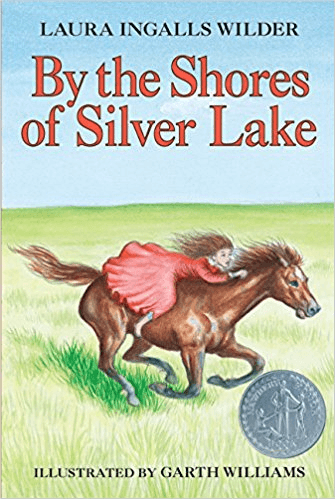 Laura, daughter of upper mid-west farmers, sees that the family’s loyal bull-dog Jack is old and weary and not happy that the wagon is being prepared for another trip west. Laura has been neglecting Jack, so she airs and smooths his bed the way she used to. That night Jack dies. He will never again sniff the morning air, et cetera, et cetera. Laura learns about being an adult.
Laura, daughter of upper mid-west farmers, sees that the family’s loyal bull-dog Jack is old and weary and not happy that the wagon is being prepared for another trip west. Laura has been neglecting Jack, so she airs and smooths his bed the way she used to. That night Jack dies. He will never again sniff the morning air, et cetera, et cetera. Laura learns about being an adult.
(In reality, there was no one dog that stayed with the family for so long, and there is no account of a beloved dog dying in the original non-fiction manuscript. This episode was created especially for the children’s book version.)
Lassie Come-Home (1940, Eric Knight)
 Joe, son of a Yorkshire coal-miner, discovers his parents have sold his beloved collie because the family needs money. The loyal Lassie keeps running back to him, and the family is accused of having trained her as a “come-home” dog who will run back so it can be repeatedly sold. The new owner takes her far away to Scotland, but Lassie makes her way home, suffering over a long journey of hundreds of miles, because that’s what loyal animals do.
Joe, son of a Yorkshire coal-miner, discovers his parents have sold his beloved collie because the family needs money. The loyal Lassie keeps running back to him, and the family is accused of having trained her as a “come-home” dog who will run back so it can be repeatedly sold. The new owner takes her far away to Scotland, but Lassie makes her way home, suffering over a long journey of hundreds of miles, because that’s what loyal animals do.
Stay tuned for Part II! There’s plenty more!
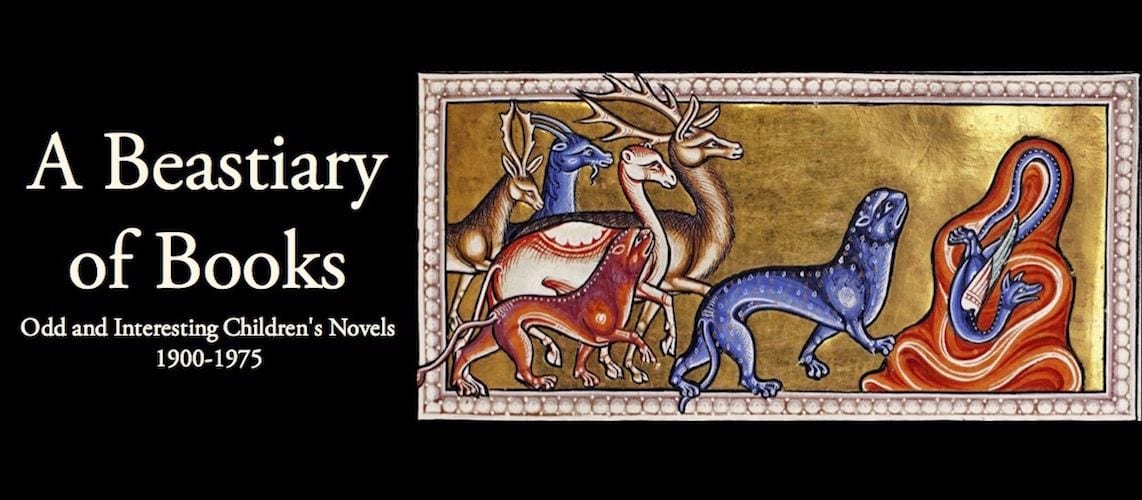
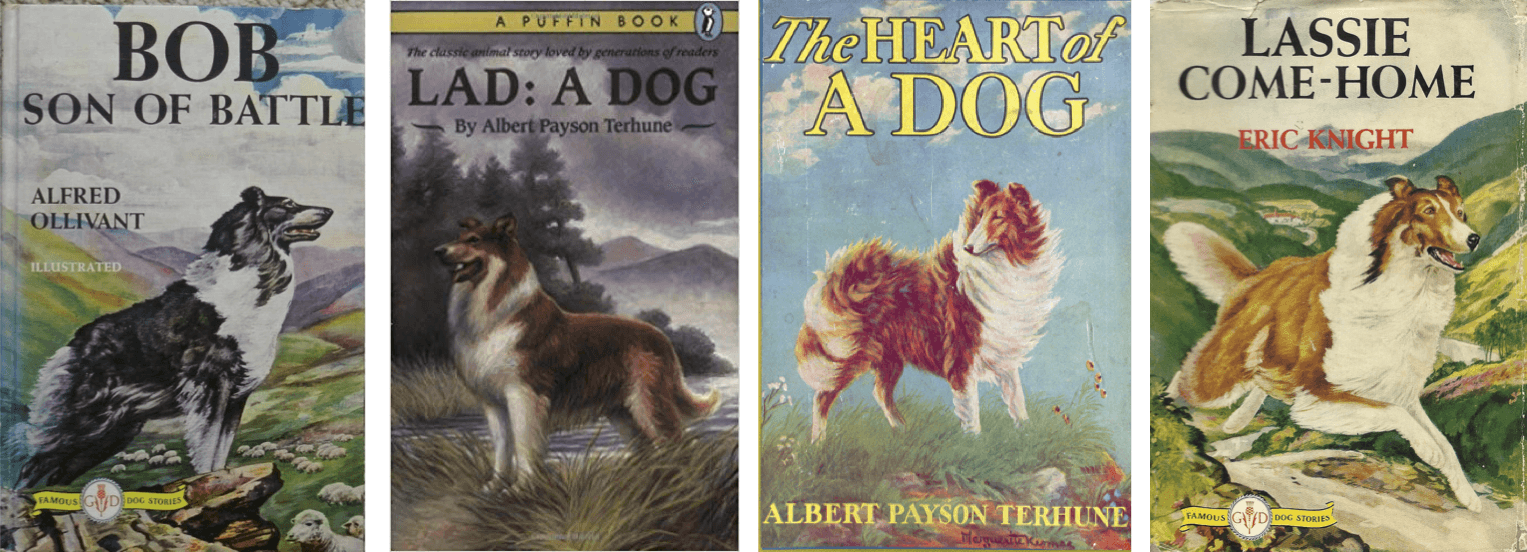
Did you ever find Flash the Sheep Dog, or the Big Red series? The dog does not usually die in those books… On the other hand I do not believe they have a high literary quality either. You should compare them. On the other hand there are some egregious examples of adults choosing the sadder of two books by the same author. The sequel to Old Yeller is a much better book called Savage Sam, and I think Sam survives as a hero while the boy learns about being a man. And Wilson Rawls also wrote Summer of the Monkeys, a similar book to Where the Red Fern Grows, except everyone’s needs are satisfied in the end. (And the boy learns about being a man).
Unlike you, I never got into the Dog-and-Horse genres. I’m not sure why. I think maybe because they were about kids who themselves didn’t feel a need for books and stories? Some kind of weird circularity going on there . . .